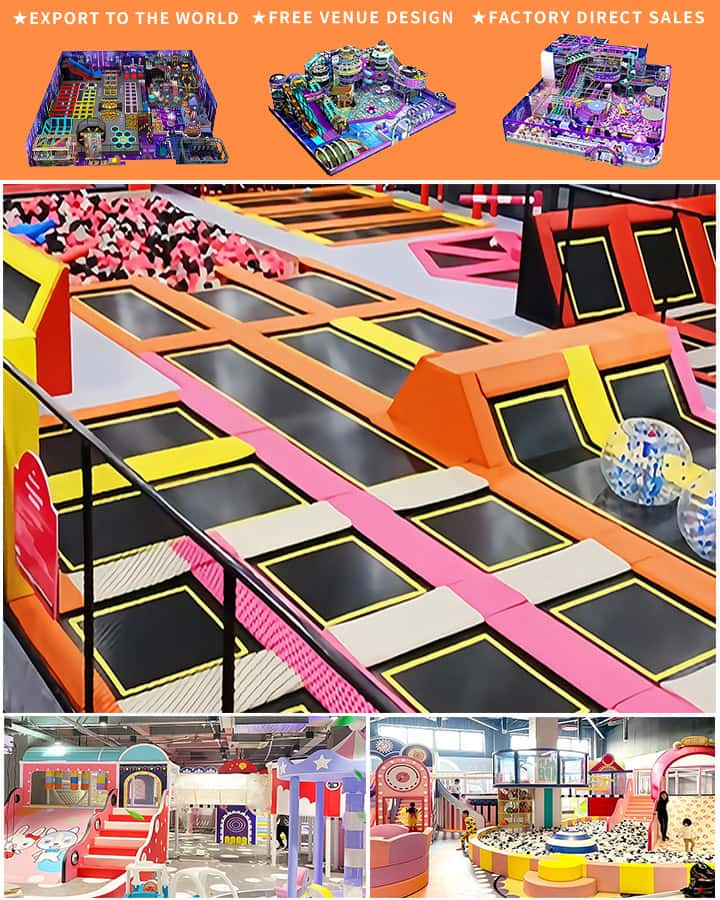Outdoor playgrounds are essential for the physical, social, and mental development of children. However, setting up a safe and engaging outdoor play area involves significant financial planning. Understanding the cost of outdoor playground equipment is crucial for anyone involved in managing or establishing such facilities. This guide provides an overview of the various factors that influence the cost of playground equipment and offers insights on budgeting and selecting the best options for your needs.
Factors Influencing the Cost of Outdoor Playground Equipment
- Type of Equipment
- Basic Structures: Slides, swings, seesaws, and merry-go-rounds are common and relatively affordable.
- Advanced Play Systems: Climbing walls, zip lines, spinner bowls, and multi-level play structures can be more expensive due to their complexity and safety requirements.
- Inclusive Play Equipment: Designed for children with disabilities, these pieces often require custom solutions and specialized materials, making them more costly.
- Material and Durability
- Plastics and Composites: Generally less expensive but might need replacement sooner.
- Metal Structures: More durable and long-lasting, though initially pricier.
- Wood: Natural wood can be cost-effective, but pressure-treated or high-quality wood can be more expensive.
- Safety Standards and Regulations
- Ensuring that playground equipment meets safety standards (such as ASTM and CPSC) can drive up costs. Certification processes and safety features like soft surfacing and guardrails add to the overall expense.

- Size and Scale
- Larger playgrounds with multiple structures will naturally cost more than small, single-piece installations. Community parks, schools, and large residential complexes will require extensive planning and higher investment.
- Customization and Features
- Custom colors, themes, and branded playgrounds often come with a premium price tag. Additional features like shade structures, benches, and interactive elements also contribute to the overall cost.
Budgeting for Outdoor Playground Equipment
- Needs Assessment and Planning
- Conduct a thorough needs assessment to determine the types of equipment required and the expected user base. Engage with stakeholders to gather input and prioritize needs.
- Work with professional playground designers to create a detailed plan that maximizes the use of space and aligns with safety standards.
- Comparative Analysis
- Obtain quotes from multiple suppliers and manufacturers. Compare not only the prices but also the quality, warranty, and post-installation services offered.
- Consider long-term benefits versus initial costs; investing in higher-quality equipment might reduce maintenance and replacement expenses over time.
- Funding and Grants
- Explore funding options such as government grants, community fundraising, and partnerships with local businesses. Many organizations offer financial assistance for community projects, including playgrounds.
- Maintenance and Operational Costs
- Budget for ongoing maintenance, repairs, and periodic inspections to ensure the longevity and safety of the playground equipment. Factor in potential increases in insurance premiums once the new playground is installed.
Selecting the Right Equipment
- Age Appropriateness
- Choose equipment suitable for the age group that will primarily use the playground to ensure both safety and enjoyment. Mixed-age areas may require a variety of structures catering to different developmental stages.
- Accessibility
- Incorporate features that make the playground accessible to all children, including those with mobility challenges. Ramps, transfer stations, and sensory-rich elements can enhance inclusivity.
- Educational and Developmental Value
- Select equipment that promotes physical activity, creativity, and social interaction. Climbing structures, balance beams, and cooperative play items can provide educational benefits alongside fun.
In conclusion, the cost of outdoor playground equipment varies widely based on several factors, including type, material, safety standards, size, and additional features. Thoughtful planning, budgeting, and a clear understanding of needs and options are essential for making informed decisions. By investing wisely, you can create a safe, engaging, and inclusive outdoor play environment that serves the community for years to come.




